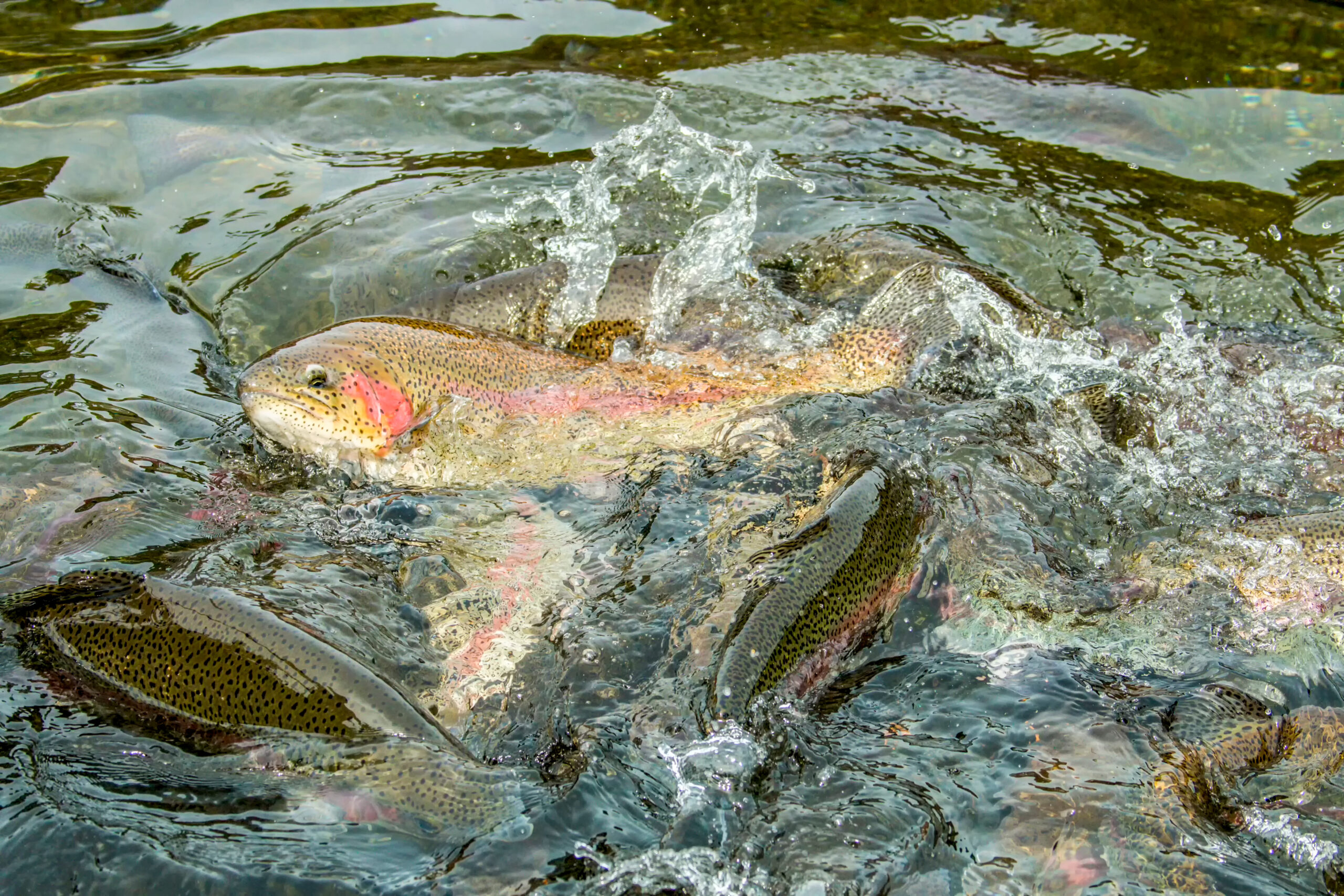The Ultimate Guide to Feeding Fish in Your Farm Dam
So, you’ve decided to stock your farm dam with fish—great choice! Not only will you have a self-sustaining ecosystem, but you’ll also enjoy recreational fishing and potentially a sustainable food source. But here’s the thing: if you want your fish to grow big, healthy, and fast, you need to get their diet right.
Many farm dams naturally support some fish food, but supplementing their diet will give them the best chance to thrive. If you’re new to dam fish farming, this guide will walk you through everything you need to know about feeding your fish for optimal growth and health.
Understanding Natural vs. Supplemental Feeding
What’s Already in Your Dam?
- Farm dams can provide natural food sources, including:
Insects & Larvae – Mosquito larvae, dragonfly nymphs, and other water bugs are great for fish.
Crustaceans – Small yabbies and shrimp can be an excellent protein source.
Plankton & Algae – Some fish, like Silver Perch, will graze on algae and microscopic plankton.
While these natural food sources help sustain fish, they are often not enough—especially if you want your fish to grow quickly and reach a good size for eating or recreational fishing. That’s where supplemental feeding comes in.

Choosing the Right Food for Your Fish
1. Commercial Pellets – The Easy and Effective Option
For the best growth rates, high-quality fish pellets are a go-to option. They are specially formulated to provide balanced nutrition, containing proteins, fats, vitamins, and minerals. When choosing pellets, consider:
Size Matters – Use smaller pellets for young fish (fingerlings) and increase the size as they grow.
High-Protein Content – Look for fish pellets with at least 30-40% protein for species like Silver Perch and Murray Cod.
Floating vs. Sinking – Floating pellets make it easier to monitor how much your fish are eating.
2. Natural Foods – Encouraging a Self-Sustaining Ecosystem
If you want a more natural approach, you can encourage natural food sources in your dam. Here’s how:
Stock Yabbies or Shrimp – They not only help with dam health but provide a great protein source for fish.
Encourage Insect Life – Avoid using pesticides near the dam to ensure a healthy insect population.
Add Aquatic Plants – Plants like reeds and submerged vegetation provide food and shelter for small invertebrates, which fish love to snack on.

How Often Should You Feed Your Fish?
Consistency is key when feeding dam fish. But unlike pet fish in a tank, you don’t want to overdo it—too much food can degrade water quality. Here’s a simple feeding schedule:
Young Fish (Fingerlings) – Feed daily, in small amounts.
Adult Fish – Feed 2-3 times a week, depending on the season.
Winter Feeding – Fish metabolism slows down in colder months, so reduce feeding frequency.
A good rule of thumb: Feed only as much as they can eat in 5-10 minutes. Any leftover food can sink and rot, reducing oxygen levels and harming water quality.
Signs of Overfeeding (And How to Avoid It)
Overfeeding is a common mistake that can lead to murky water, algae blooms, and unhealthy fish. Watch out for these signs:
Uneaten food floating after 10 minutes – You’re giving them too much.
Cloudy or greenish water – Excess food leads to nutrient overload, causing algal blooms.
Bad smell – A strong, unpleasant odor suggests decaying food is affecting water quality.
To prevent overfeeding:
Start with small amounts and gradually increase if needed.
Observe feeding behavior—if fish stop eating, stop feeding.
Use floating pellets so you can monitor consumption more easily.
Final Thoughts
Growing fish in a farm dam is an exciting and rewarding experience, but proper feeding is essential to keep your fish healthy and thriving. By balancing natural food sources with high-quality pellets and following a smart feeding schedule, you’ll create a productive dam with strong, fast-growing fish.
Want to take it to the next level? Monitor your water quality, ensure plenty of natural habitat, and you’ll have a thriving fish population in no time!
Learn more about growing fish in your farm dam - check out our book, "Fish For Farm Dams"
